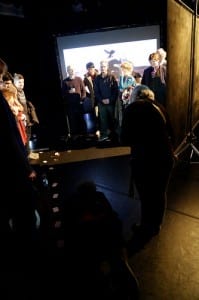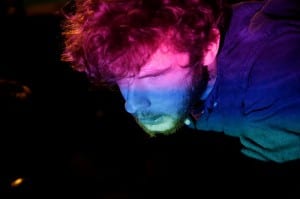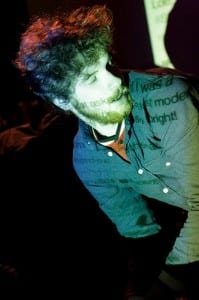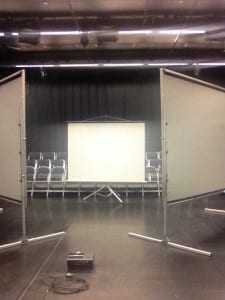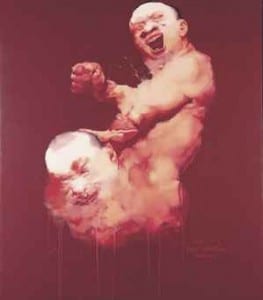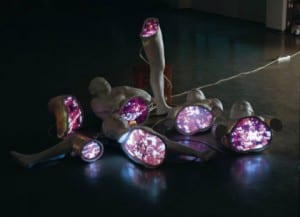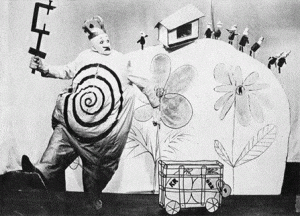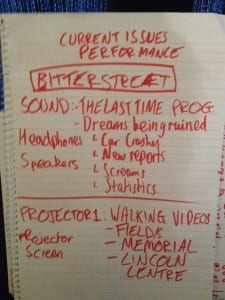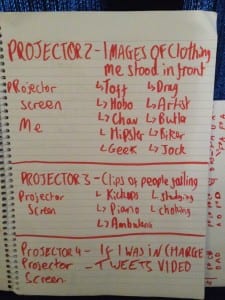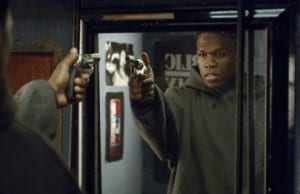Finally, I was able to perform Bitter Street as part of the Newvolutions festival. Despite technical difficulties right up untone minute before the performance, the piece ran and for me it was a success.
My main goal for the piece was to always immerse people. In the end i thought what could immerse people even more than actually being part of the performance? The tedious act of continuously having to build these playing card huts enabled everyone to get involved, to become part of the system. I believe that people became frustrated with havig to angle these cards carefully together and after several minutes them just playing down and for this reason the piece was a success.
The video in the backgound became more of a back drop and allowed the audience to interpret what was happening as they wanted, which i find fascinating. Some thought it was the oprresion of dictatorship, some thought it was the idea of being made part of a system and being exploited without realising this. Neither of these exactly coincide with my intention but it proves that because i had an intention audience still could take something from it.
Despite these successes, there was a few floors. Minus the video trouble, the central projector was constantly walked in front of as it was floor mounted and a lot of written information was lost. This would have helped with a more contextual understanding to the piece. Although it was not detrimental, it certainly would have been a far clearer stage image.
I also beleive that my involvement with in the triangular space took a lot, and potentially, too much focus away from the projections. Some audience members were acknowledging them but naturally when their is a live human to watch, the focus is hard to deter.

This project has inspired me to make the piece longer. Here are a few alterations that i believe will strengthen the piece;
- Before entering the space myself, i will leave the audience alone with the projections to establish an importance of the videos.
- The video will include larger scoping clips that truly encapuslate their purpose plus adding length to the piece.
- The projectors will all be reared projected to stop any distortion of images.
- Music will be louder to add to a more constrictive atmosphere.
- Head phones would be used to add differnt layers to the sound and hopefully make the the individual experience more unique as i could potentially provide two or more channels for them to listen to.
- in my distribution and redistibution of the cards i will create a clearer system so audience members can grow to understand it and become further institutionalised by the task.
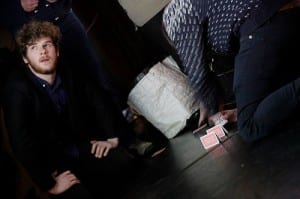
The whole process has been fun and unique and has definitely opened up new forms of preformance to me which i wish to continue to explore.
All photos were wonderfully taken by Phil Crow. These can be found, along with my colleague’s performances at: https://www.flickr.com/photos/

